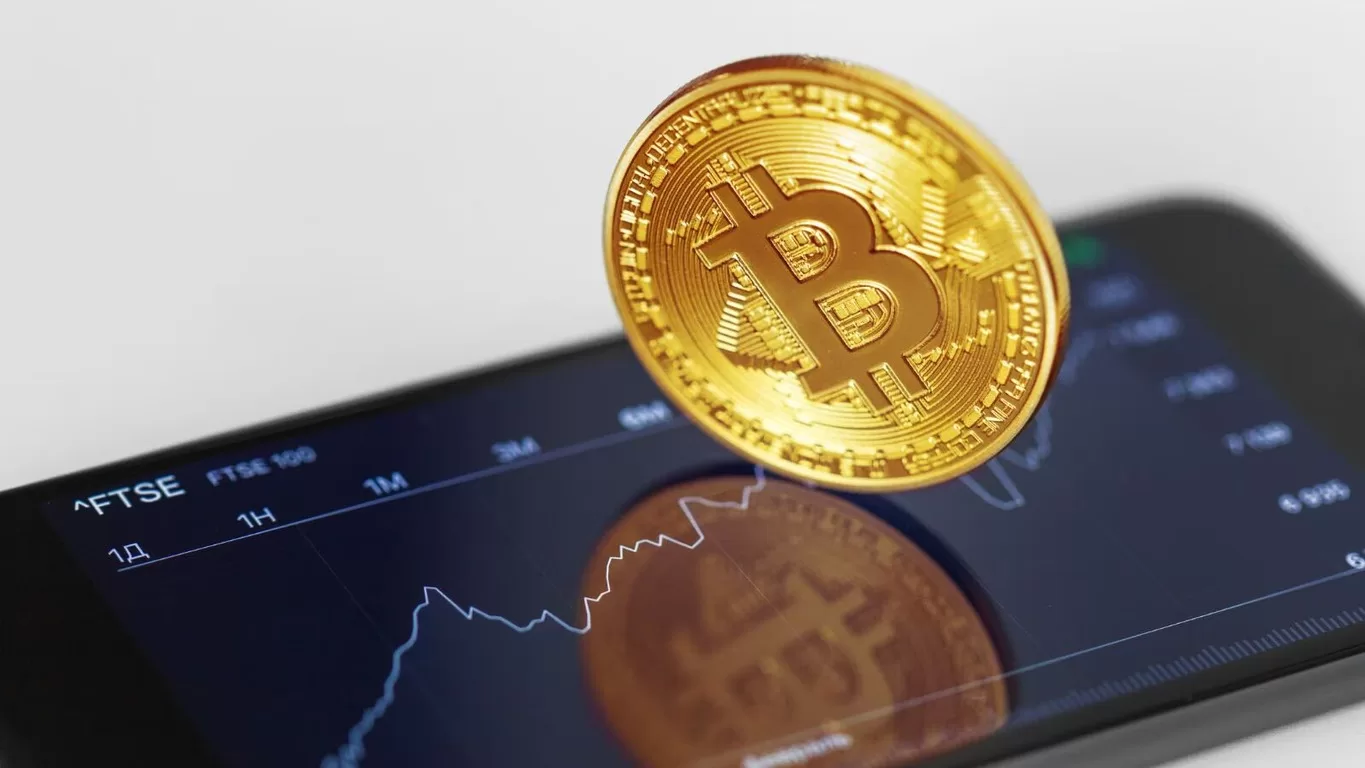Trump signs order to establish strategic bitcoin reserve | Technology News – The Indian Express
President Donald Trump’s recent decision to establish a Strategic Bitcoin Reserve has sparked mixed reactions across the cryptocurrency industry. While some applaud the move as a step toward modernizing U.S. financial reserves, critics have labeled it a superficial effort, calling it a “pig in lipstick.” Here’s what you need to know about this controversial policy and its potential impact on the crypto market.
What Is the Strategic Bitcoin Reserve?
President Trump signed an executive order to create a Strategic Bitcoin Reserve and a Digital Asset Stockpile. These reserves will consist of cryptocurrencies forfeited to the federal government through criminal or civil proceedings.
- The reserve will exclusively hold Bitcoin, while other digital currencies will be stored in a separate stockpile.
- The government will not sell any Bitcoin in the reserve, instead holding it as a long-term asset.
- The initiative aims to be budget-neutral, meaning it won’t impose additional costs on taxpayers.
David Sacks, the White House’s AI and crypto tsar, compared the reserve to a “digital Fort Knox,” referencing the famous U.S. gold storage facility.
Why Is the Reserve Facing Criticism?
Despite its ambitious goals, the Strategic Bitcoin Reserve has drawn criticism from crypto experts and enthusiasts.
- Lack of Transparency: Critics argue that the process lacks clarity, raising concerns about how assets will be managed and acquired.
- No Active Buying: Charles Edwards of the Capriole Fund called the reserve a “pig in lipstick,” pointing out that it merely rebrands existing government-held Bitcoin without active purchasing.
- Inclusion of Other Cryptos: Jason Yanowitz, Co-Founder of Blockworks, criticized the inclusion of non-Bitcoin assets, calling it a “horrible precedent” that could distort markets.
How Will the Reserve Impact the Crypto Market?
The announcement has already influenced cryptocurrency prices:
- Bitcoin prices dropped by 5% after Sacks clarified that the government would not actively buy more Bitcoin.
- Prices of Ethereum, XRP, Solana, and Cardano surged after Trump named them as potential additions to the reserve.
However, experts warn that the government must avoid picking winners in the crypto market. Transparency and independent audits will be crucial to maintaining public trust.
What Are the Potential Benefits?
Proponents argue that the reserve could offer several advantages:
- Diversification: Like the U.S. petroleum reserve or Canada’s maple syrup reserve, the Bitcoin reserve could help diversify government holdings.
- Hedging Against Risk: Cryptocurrencies could serve as a hedge against financial instability or inflation.
- Taxpayer Protection: Sacks emphasized that the initiative “won’t cost taxpayers a dime,” as it relies on forfeited assets rather than new purchases.
What’s Next for the Strategic Bitcoin Reserve?
Further details are expected to emerge during the upcoming White House crypto summit. Key questions remain:
- Will the reserve face legal hurdles or require Congressional approval?
- How will the government ensure transparency and avoid favoritism in asset selection?
- What role will other cryptocurrencies play in the Digital Asset Stockpile?
Key Takeaways
- The Strategic Bitcoin Reserve aims to modernize U.S. financial reserves using forfeited cryptocurrencies.
- Critics argue the initiative lacks transparency and bold action, labeling it a “pig in lipstick.”
- The reserve could diversify government holdings and protect against financial risks, but its success depends on clear frameworks and public trust.
#BitcoinReserve #CryptocurrencyNews #TrumpCryptoPolicy #DigitalAssets #CryptoMarket
